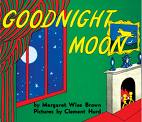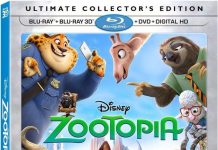 Resource Shelf picked up a good article from the Washington Post. Here is part of their their summary:
Resource Shelf picked up a good article from the Washington Post. Here is part of their their summary:
Michael Norris, an analyst for the media research firm Simba Information, said publishers of children’s books are “unbelievably important” to the survival of publishing as a whole. “If you think about the long-term future of the industry, the people who are reading ‘The Very Hungry Caterpillar’ today will hopefully be reading a thick piece of literature in a few years.”
[Snip]
Children’s publishing is often viewed as a stable segment of the industry, thanks to reliable sales to parents and school libraries.
[Snip]
Nielsen BookScan reported that sales of juvenile books were the strongest of any category in 2008, rising 6 percent from 2007. In 2009, Nielsen reported, sales held mostly even. By contrast, last year adult hardcover and mass market paperbacks both declined nearly 4 percent, and trade paperbacks fell 2 percent.

































And as I have pointed out on numerous occasions in the past, books for young children are one type of book which may not be naturally suited to e-reading as others. Even if the tech was there in terms of screen size, colour, battery life etc. there would still be the issue of *how* little children read—they point and touch everything. So you’re going to wind up with either a very smudgy and dirty non-touchscreen reader or a touchscreen reader a little kid can’t use because every time they touch the words, they’ll turn the page by accident. Tablet-type devices may be a fine eventual venue for multimedia content for little children, but for *book* reading of what we now think of as a book, I just don’t see it being suitable unless the child is at the chapter book stage.
From the original Washington Post article:
Which is the first thing I thought of when the Nielsen BookScan report was cited. We’re not talking about Dr. Seuss-level “children’s books” here.
Much of the best, most interesting science fiction and fantasy is “young adult” or “juvenile” these days (and I’m not talking “Twilight” and its ilk). I’m not surprised that it’s growing while “adult” SF&F is languishing.
Of course books for children are important. Readers generally start reading young. I agree with Ficbot that reading devices are not really suitable for children right now but suspect that this won’t be true in ten years or so. There’s no reason an eReader can’t be a lot more waterproof and tear-resistant than anything in paper. When you think about it, paper is not exactly a sanitary or durable substance (which is why children’s books often look so shabby).
I suspect the current positive sales trend reflects the baby boom becoming grandparents and wanting to encourage a reading habit in their grandchildren more than the quality (or lack of quality) in the books out there.
Rob Preece
Publisher